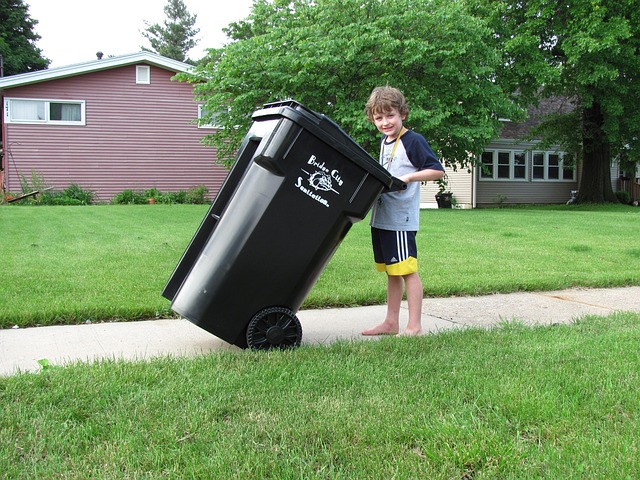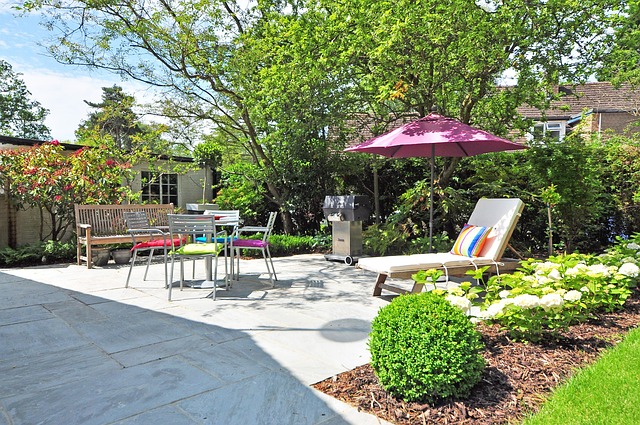As a renter, you might think your options for sustainable living are limited. After all, you can’t install solar panels or replace old appliances in a property you don’t own. However, there are many other ways to reduce your carbon footprint without making permanent modifications to a rental apartment.
The growing awareness of climate change has inspired many renters to seek eco-friendly solutions that work within their lease agreements. In this article, we will look at the options you have while navigating the path to sustainable living without breaking the conditions in your rental agreement.
Energy Conservation
The way in which you consume energy and your awareness of how much you use can make a significant difference in both your environmental impact and utility bills. Start by examining your daily routines and identifying areas where you can reduce energy usage. A simple first step is switching to LED bulbs, which you can take with you when you move. These bulbs use up to 75% less energy than traditional incandescent ones and last much longer.
Consider investing in a smart power strip that automatically cuts power to devices in standby mode. This eliminates “phantom energy” consumption from electronics that aren’t actively in use, but are still plugged in and consuming energy for signal lights or other stand-by functions.
While you might not be able to install a permanent smart thermostat, many landlords will allow you to use a programmable thermostat that you can remove later. Set it to adjust temperatures automatically, keeping your space cooler in winter and warmer in summer when you’re away. Similarly, during summer months, use thermal curtains or removable window films to reduce heat gain. In winter, draft stoppers under doors and removable weather stripping can prevent heat loss and also protect your rental apartment.
Water Conservation Strategies
Water conservation doesn’t require major plumbing modifications. Start by installing easily removable low-flow aerators on your faucets and a water-efficient showerhead that you can take with you when you move. These simple devices can reduce your water consumption by up to 50% without compromising water pressure.
Create a system for collecting and reusing greywater from activities like washing vegetables or waiting for shower water to warm up. This water can be used for houseplants or cleaning purposes.
Another important area where water is wasted is with leaks. Be vigilant about reporting even small drips to your property manager, as even these can waste thousands of gallons annually, and can become problematic later on if left unfixed.

Waste Management and Recycling
Setting up an effective recycling system in your rental doesn’t require permanent installations. You can use simple, one-off solutions: designate specific bins or containers for different materials, and learn your local recycling guidelines. If your building doesn’t have composting facilities, consider a compact countertop composting system or worm bin that won’t violate your lease terms.
Reduce waste by shopping with reusable bags, choosing products with minimal packaging, and using cloth napkins instead of paper ones. For food storage, invest in reusable containers and beeswax wraps rather than disposable plastic wrap or bags. These small changes can significantly reduce your waste output without requiring any permanent modifications to your living space.
If you want to implement a more complex system for waste management, start by creating designated areas for different types of waste. Use color-coded and clearly labeled containers for recyclables and general waste to streamline the sorting process. For small spaces, consider compact sorting solutions that can fit under sinks or in closets.
For everyday living, focus on the three R’s: Reduce, Reuse, and Recycle. Start by reducing your consumption and choosing minimalist living practices. Look for opportunities to reuse items through donation or swap events within your community. When recycling, ensure materials are clean and properly sorted according to local guidelines.
Maintain open communication with your property manager about waste management concerns. Many properties now offer comprehensive recycling programs and may provide additional resources for proper waste disposal. If your building lacks adequate recycling facilities, consider discussing potential improvements with management, as many are now focusing on implementing more sustainable practices.
Sustainable Decorating and Furnishing
Your furniture and decor choices can have a significant environmental impact. When you’re browsing for furniture for your rental, look for secondhand pieces or items made from sustainable materials. Choose natural fiber rugs and curtains that are both eco-friendly and portable. For cleaning, switch to non-toxic, biodegradable products that are safer for both the environment and your health.
For an added splash of green, consider creating a small herb garden using portable containers, which can improve air quality and provide fresh herbs while being completely removable. This can also help cut down on food waste generated by purchasing herbs that then wilt away in your fridge.
Communication with Property Management
Don’t be afraid to open a dialogue with your landlord about sustainability. Many property owners are receptive to eco-friendly improvements when presented with clear benefits. Prepare a cost-benefit analysis showing how energy-efficient upgrades could save money long-term. You might be surprised to find your landlord willing to implement some permanent improvements, especially if they reduce operating costs or increase property value.
Build relationships with other environmentally conscious tenants in your building. A collective voice advocating for sustainable practices can be more effective than individual requests, especially in a cohesive community. Remember to always approach these conversations professionally and with well-researched proposals.
By implementing these strategies, you can create a more sustainable living environment without violating your lease agreement or making permanent changes. Remember that small actions, when combined, can have a positive impact on the environment, regardless of whether you own or rent your home.




